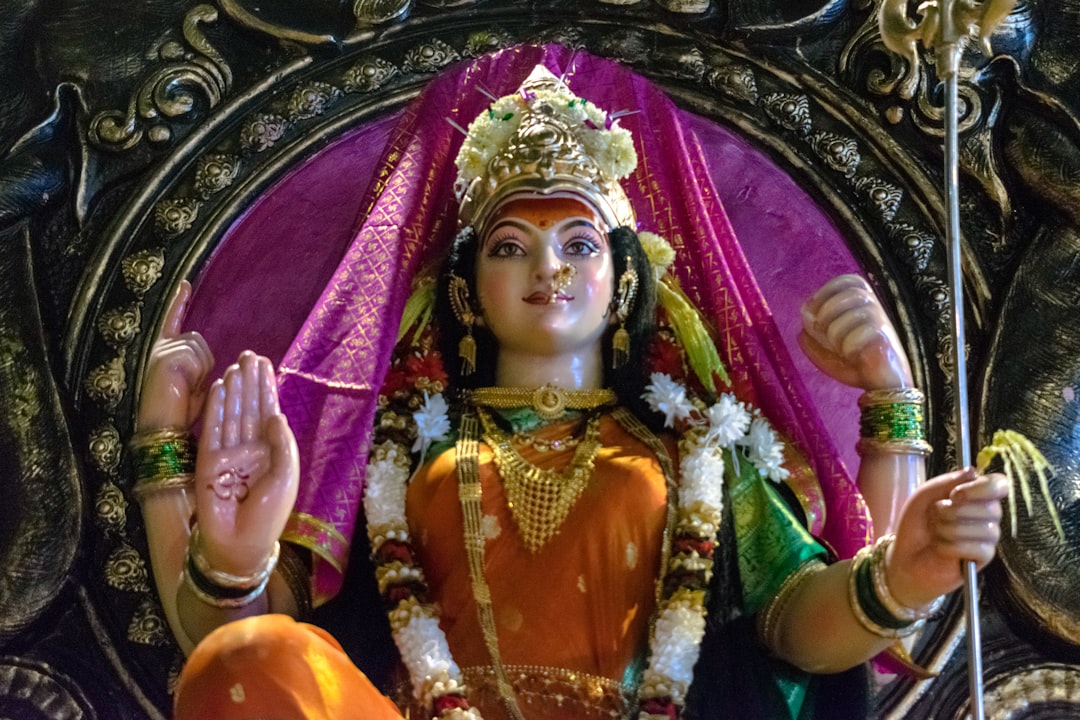Navratri, a festival deeply embedded in the Hindu culture, marks a period of intense devotion, fasting, and worship, celebrated with fervor across India and by Hindus around the globe. This festival, spanning nine nights, honors the divine feminine energy embodied by Goddess Durga in her many forms. Each day of Navratri is dedicated to a different aspect of the Goddess, symbolizing the various dimensions of life and spirituality. Let’s delve into the rituals and significance of one particular day of Navratri, as observed on the 29th of September, 2025, and understand the profound spiritual essence it carries.
The Seventh Day of Navratri: Worship of Goddess Kaalratri
On the 29th of September, 2025, devotees find themselves in a unique situation. According to the Hindu panchang (almanac), this day marks the celebration of the seventh day of Navratri. However, due to an unusual extension of the festival to ten days – attributed to a repetition of the Chaturthi Tithi (fourth day) – there’s a bit of confusion among devotees. While it is technically the eighth day, it is observed as the seventh day, dedicated to worshipping Goddess Kaalratri.
Goddess Kaalratri, a formidable and fierce form of Goddess Durga, is revered on this day. Despite her daunting appearance, Goddess Kaalratri is a harbinger of liberation and protection, removing obstacles and negativities from the lives of her devotees. Her mount, the donkey, symbolizes the raw, untamed energy that the Goddess channels towards the demolition of evil and ignorance.
Rituals and Significance
The rituals performed on this day involve an early morning bath followed by the setting up of the puja altar with images or idols of Goddess Kaalratri. Devotees offer special prayers, chant mantras, and hymns in praise of the Goddess, seeking her blessings for protection and prosperity. The puja involves offerings of flowers, fruits, sweets, and the lighting of lamps and incense. The color of the day, as per traditions, plays a significant role in the attire and offerings chosen by the devotees.
- One of the mantras chanted on this day goes as follows: “Om Devi Kaalratryai Namah” which translates to “Salutations to Goddess Kaalratri.” This mantra is believed to invoke the Goddess’s energy, providing courage and strength to her devotees.
The Essence of Navratri
Navratri transcends beyond mere rituals; it’s a time for self-reflection, purification, and rejuvenation of the spirit. It encourages the shedding of materialistic desires and the embracing of a path of righteousness and devotion. The worship of Goddess Kaalratri, with her fierce form and powerful attributes, teaches the devotee the importance of facing fears head-on, thereby leading to spiritual growth and enlightenment.
Conclusion
As we observe the seventh day of Navratri, let us imbibe the virtues of courage, selflessness, and devotion manifested by Goddess Kaalratri. May her blessings empower us to overcome the darkness of ignorance and lead us towards the light of wisdom and truth. Navratri is not just a celebration of the divine feminine; it’s a journey towards understanding our inner selves, a journey of transformation that brings us closer to the divine.
In a world that’s increasingly moving towards materialism, festivals like Navratri remind us of the importance of spirituality and the power of divine grace. Let us embrace the spirit of Navratri with open hearts and let the divine blessings of Goddess Durga in her form as Kaalratri guide us towards a path of righteousness and enlightenment. Jai Mata Di!
